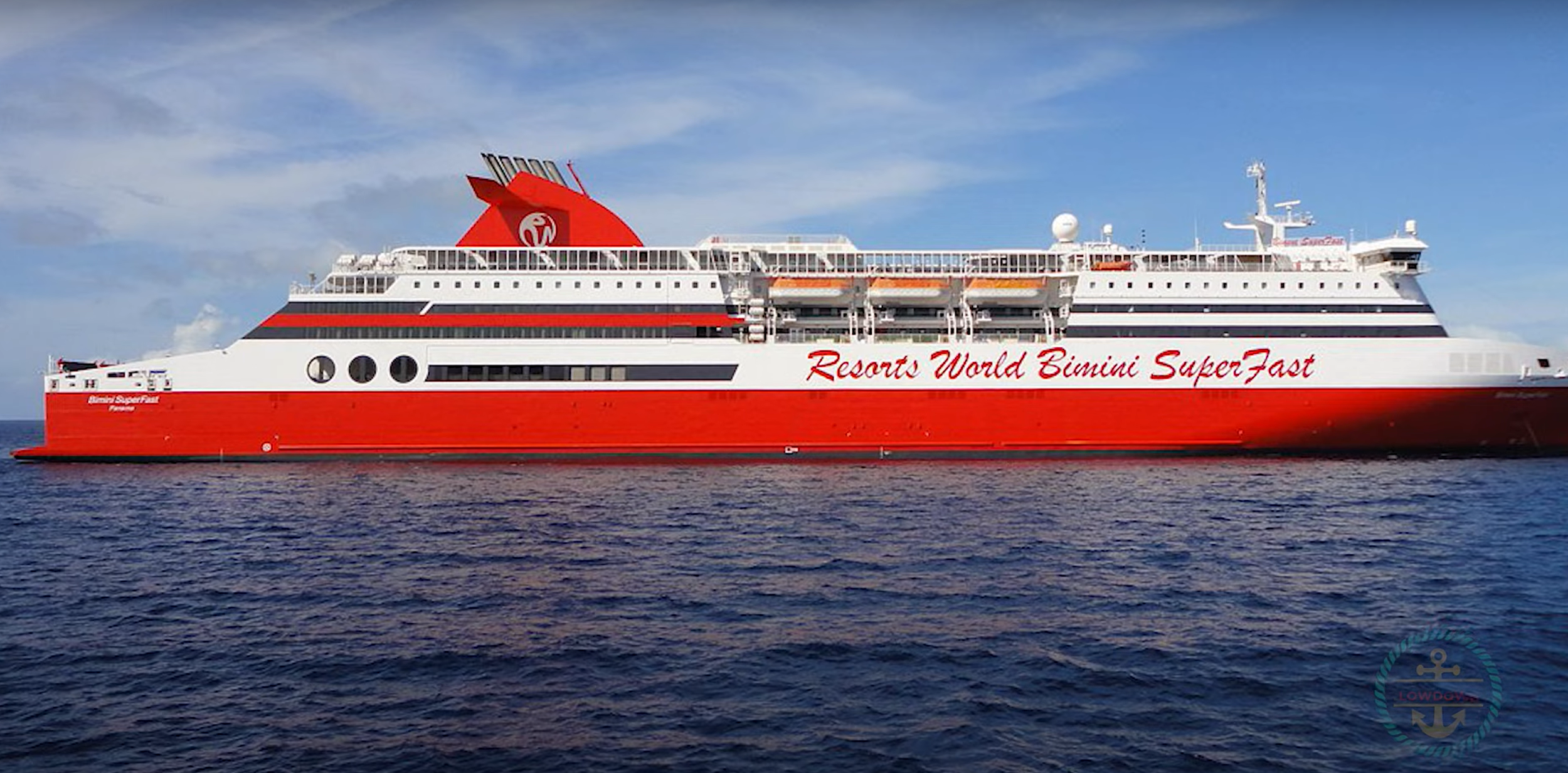Bimini, Bahamas Cruise Port
5 Things We Learned!
Bimini is a small cluster of islands in the Bahamas, famous for its beauty, fishing, and compact size. Though our time to experience it on our first cruise here was short, we gathered some valuable takeaways to prepare for our next trip.
1. The Island is Close to the U.S.
Bimini is the closest point in the Bahamas to the mainland U.S., just 56 miles east of Miami. A ferry can get you here in about two hours, making it an easy hop for a quick vacation where deep-sea fishing and beaches are some of the best in the world. It was good enough for Hemingway, who made it his second home, and it provided a perfect escape for Martin Luther King as he wrote his speeches.
However, this proximity means possible crowds and prices in line with those in the U.S. Bimini is tiny, with the main tourist section of North Bimini being only 7 miles long and about 200 meters wide. Space and resources are limited, and tourism is the main industry. Numerous hotels and vacation rentals fill up during high season, crowding local bars, beaches, and restaurants. Our best advice? Book early for anything you may need.
2. There Are Two Sides to the Island
When you exit the cruise port, you have two choices: turn left for Resorts World, which offers all the amenities of a large, planned resort (at a cost), or turn right for the local side (Bailey Town, Porgy Bay, and Alice Town), where shops, food, and beaches cater to residents and visitors alike. These authentic communities mingle with visitors in a laid-back fashion.
The resort side is the path of least resistance, as the port encourages that choice with Resort World coupons and free shuttles that circulate only within the resort complex. Even the sidewalks at the staging area direct you toward resort or cruise ship excursion options. However, you have another choice.
3. You Can Pick Local, but It Takes More Work
To experience the local side, you first need to leave the port area. You can take the free shuttle to Fisherman’s Village at the Resorts Complex or simply walk. Follow the orange line for a longer 5 to 10-minute walk to the end of the road, passing the guard gate and arriving at an intersection. The beach in front is a free beach, part of the complex, where independent tours and taxis often meet clients since they can’t enter the port area directly.
Getting around can be a challenge. If you take the shuttle to Fisherman’s Village, you’ll find a large lot filled with golf carts, the go-to mode of transportation here since there’s no public transit. Various companies offer rentals, but we recommend pre-arranging with a reputable provider for peace of mind. Reports of carts breaking down do circulate, so it’s wise to be cautious.
You could also rent a bike from Eclipse, a shop further along the road, or hire a taxi or private tour, which is what we opted for—more on that in a bit. Walking is also an option; the port exit to Radio Beach down south is about 3 miles away, with a flat road that has few sidewalks and some cool sights along the way. If you’re off the ship early and feeling energetic, this may be the best way to explore.
4. A Local Tour is a Good Option with Limited Time
With only a few hours at port, a DIY approach would have limited us. Although we were curious about the island and going solo could have been fun, we chose to go with a recommended local guide, Max from Bimini Island Tours, a family-owned and operated business. No regrets! He took us on a private excursion to some memorable spots, including conch salad (an island staple), the island’s famous bread, the Dolphin House (a work still in progress), and Radio Beach—a stunner.
Max’s insider knowledge gave us a perspective that would have been closed to us going about on our own. Plus, he can arrange taxi rides or connect you with recommended golf cart vendors. It felt like visiting a local friend!
5. The Community is Small but Welcoming
With a local population of 1,600, North Bimini feels like an extended family, albeit one that sees itself outnumbered by tourists every day. The vibe here is relaxed and open; the island never feels unsafe or forbidding. There are no hawkers trying to sell you trinkets and no pressure—just a welcoming environment where you can feel at ease on the beach, in your cart, on foot, or in a tour van. On the local beaches, everyone can relax together.
I’m already yearning to return to that fabulous beach! Spending the whole day here would be a pleasure, sampling more local food. I wouldn’t mind hitting up Max again, just to say hello.












